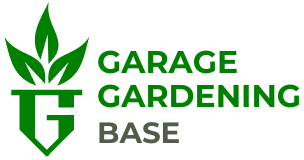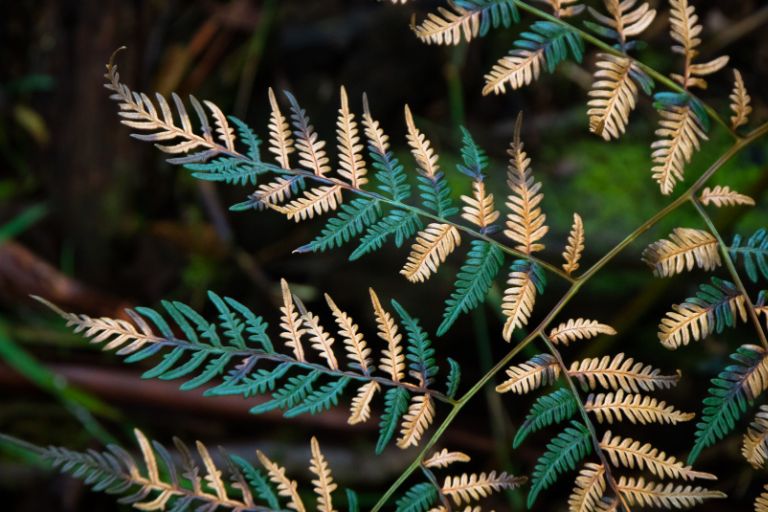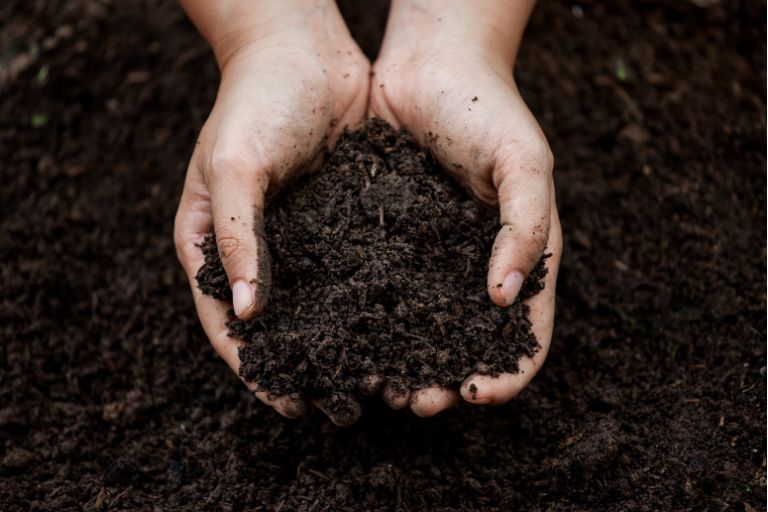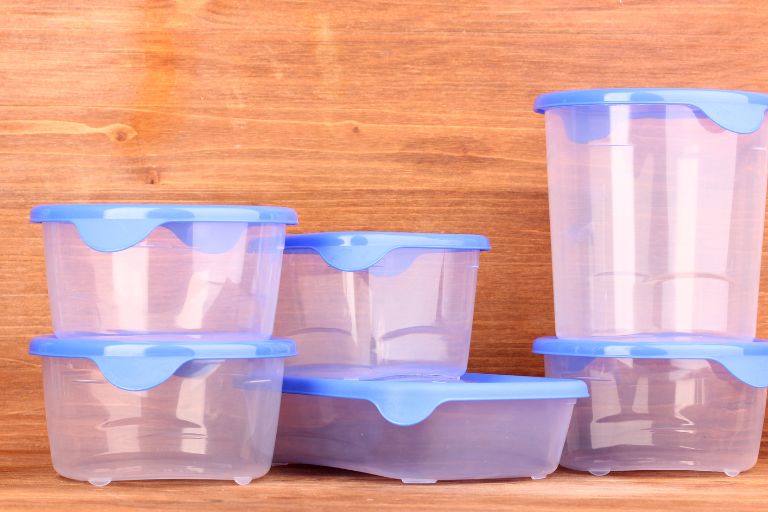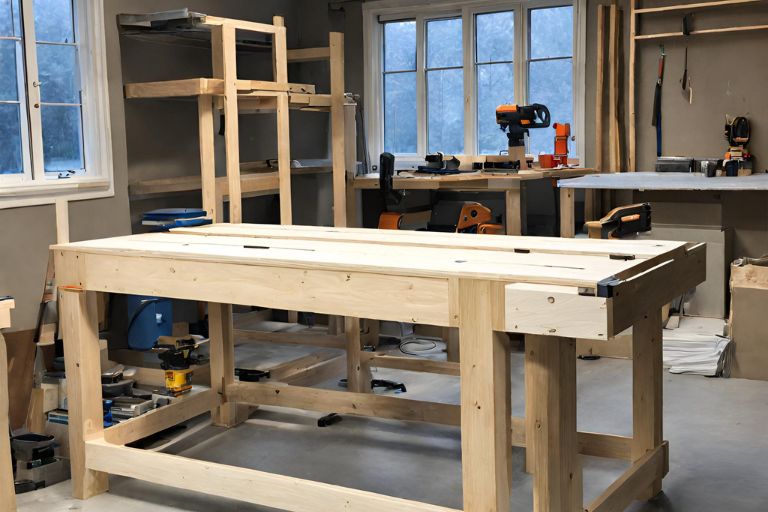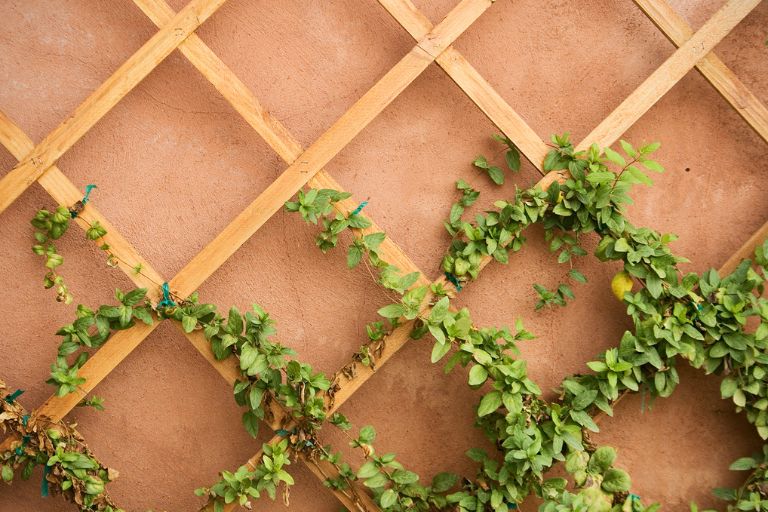Perennials That Do Well In A Garage
In the world of indoor gardening, the garage is often an overlooked frontier. Yet within these often under-utilised spaces lies a world of possibilities for growing perennials. With their durability and adaptability, perennials offer a unique opportunity to bring year-round beauty and vitality to garage spaces. Join us as we delve into the world of garage gardening with perennials, exploring the hardy plants that thrive in this unconventional environment. From elegant ferns to colourful blooms, discover how perennials can transform your garage into a lush and vibrant oasis full of life and greenery.
Introduction to Garage Gardening
Indoor gardening has seen a remarkable rise in popularity in recent years, driven by a number of factors including urbanisation, a growing emphasis on sustainability and an increased desire to connect with nature. While traditional indoor gardening often conjures up images of houseplants decorating windowsills and shelves, a newer trend has emerged: garage gardening.
Garage gardening involves transforming often unused or overlooked spaces into thriving green havens. Particularly appealing to those with limited outdoor space, garage gardening offers city dwellers, apartment renters and homeowners alike a solution to cultivating their green thumb without the need for extensive outdoor space.
One of the main advantages of garage gardening is accessibility. Garages are usually easily accessible from inside the home, making it convenient to tend to plants regardless of the weather or time of day. This accessibility fosters a greater connection with one’s garden, encouraging regular care and attention.
Climate control is another major advantage of garage gardening. Unlike outdoor gardens, which are subject to the vagaries of nature, garage environments can be controlled and manipulated to suit the needs of different plant species. Temperature, humidity and light levels can be adjusted to create optimal growing conditions throughout the year, extending the growing season and allowing the cultivation of plants that may not thrive outdoors in certain climates.
In addition, Garage Gardening enables year-round cultivation regardless of external weather conditions. This constant environment facilitates the growth of a wide range of plants, including perennials, herbs, vegetables and even tropical species that would not survive in colder temperatures. As a result, gardeners can enjoy fresh produce, vibrant flowers and lush foliage all year round, enhancing their culinary endeavours and home decor.
Understanding Perennials
Perennials are a category of plants that, once established, return year after year to add lasting beauty and structure to gardens. Unlike annuals, which complete their life cycle within a single growing season and must be replanted each year, perennials persist for several years, often increasing in size and vigour with each season.
One of the main reasons why perennials are an excellent choice for garage gardening is their low maintenance nature. Once planted and properly cared for, perennials require far less attention than their annual counterparts. They are adept at adapting to their environment and developing robust root systems, allowing them to thrive with minimal intervention. This is particularly advantageous in a garage environment where gardeners may have limited time or resources to devote to plant care.
In addition, perennials offer a longevity that far exceeds that of annuals. While annuals may provide bursts of colour and foliage for a single season, perennials continue to grace the garden year after year, becoming fundamental elements of the overall design. Their enduring presence lends stability and continuity to the garden, creating a sense of permanence and character that evolves over time.
In garage gardening, where space can be at a premium, the longevity of perennials is particularly valuable. Once established, perennials require minimal replanting or replacement, allowing gardeners to maximise the use of limited space without having to constantly replace plants. This stability in the garden layout allows gardeners to invest in long-term planning and design, knowing that their perennial selections will continue to thrive and contribute to the overall aesthetic for years to come.
In addition, the variety of perennials available gives the gardener a wealth of options to choose from to suit a wide range of tastes, preferences and growing conditions. From vibrant flowering perennials to lush foliage plants, there is a perennial to suit virtually every garage gardening scenario. This versatility allows gardeners to create personalised indoor landscapes that reflect their individual style and vision, enhancing the beauty and functionality of their garage spaces.
Factors to Consider
Successful garage gardening relies on creating an optimal environment that meets the specific needs of the plants being grown. Several essential factors play a crucial role in determining the success of a garage garden, including lighting, temperature, humidity and space constraints.
First and foremost, lighting is a critical consideration for garage gardening as natural light may be limited or non-existent. Since most perennials need plenty of sunlight to thrive, supplemental lighting is often necessary. LED grow lights are an excellent option for garage gardens as they emit wavelengths of light that closely mimic natural sunlight, promoting healthy growth and flowering. Positioning the lights at an appropriate distance from the plants and adjusting the length of light exposure to suit the specific requirements of each perennial is essential to ensure optimum growth.
Temperature control is another important factor in garage gardening, especially in regions with extreme temperature fluctuations. Garages can be susceptible to extremes of temperature, from sweltering heat in summer to freezing cold in winter. Installing a thermostatically controlled heating and cooling system can help regulate the temperature inside the garage, creating a stable environment that is conducive to plant growth. In addition, insulating garage doors and walls can help retain heat during colder months and prevent heat build-up during warmer months, further improving temperature control.
Humidity levels can also impact the health and vitality of perennials in a garage setting. Many indoor environments, including garages, tend to have lower humidity levels, which can lead to dry soil and parched plants. To increase humidity levels, gardeners can employ various strategies such as misting the foliage regularly, placing trays of water near the plants to evaporate and raise humidity, or using a humidifier to maintain optimal moisture levels.
Space constraints pose a unique challenge in garage gardening, as gardeners must maximize the use of limited space while ensuring adequate airflow and access to light. Vertical gardening techniques, such as hanging baskets, wall-mounted planters, and trellises, are effective ways to utilize vertical space and create a lush, green oasis in the garage. Additionally, strategically arranging plants on shelves or movable carts allows for efficient use of floor space while facilitating easy access for watering and maintenance.
Perennials That Do Well In A Garage
Several perennials stand out for their adaptability to indoor environments and resilience in garage conditions, making them ideal choices for garage gardening enthusiasts. Here are some notable choices:
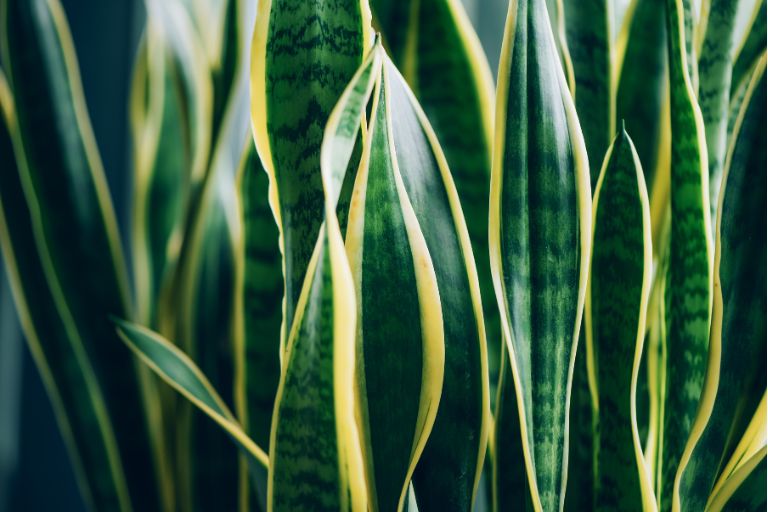
Snake Plant (Sansevieria trifasciata)
Light requirements – Thrives in dim to bright indirect light.
Growth habit – Upright, sword-shaped leaves.
Aesthetic appeal – Striking architectural form with variegated foliage.
Care Tips – Allow soil to dry out between waterings, prefers well-drained soil. Tolerates low humidity and infrequent watering.
Possible uses – Ideal for adding vertical interest to garage gardens or as a statement plant in containers.
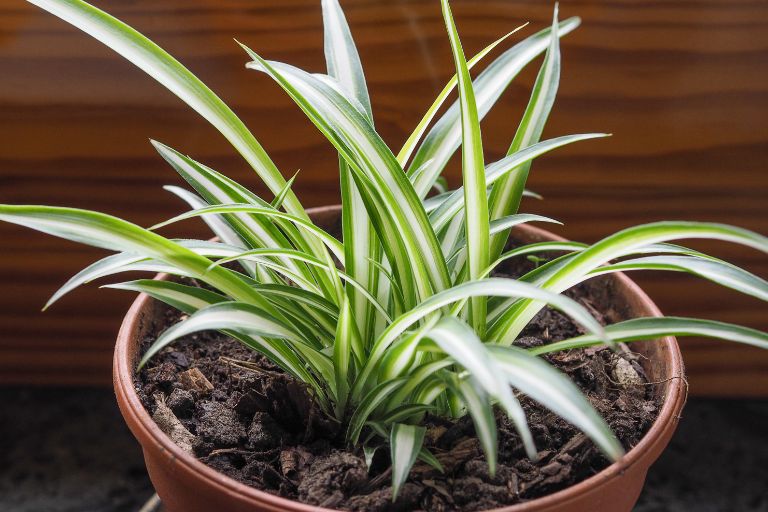
Spider Plant (Chlorophytum comosum)
Light requirements – Adaptable to a variety of light conditions including bright indirect to low light.
Growth habit – Arching foliage with baby spider plant offsets.
Aesthetic appeal – Cascading foliage with variegated leaves.
Care Tips – Water regularly, allowing soil to dry slightly between waterings. Likes moderate humidity.
Possible uses – Hang in baskets or place on shelves to show off its trailing habit. Great for purifying indoor air.
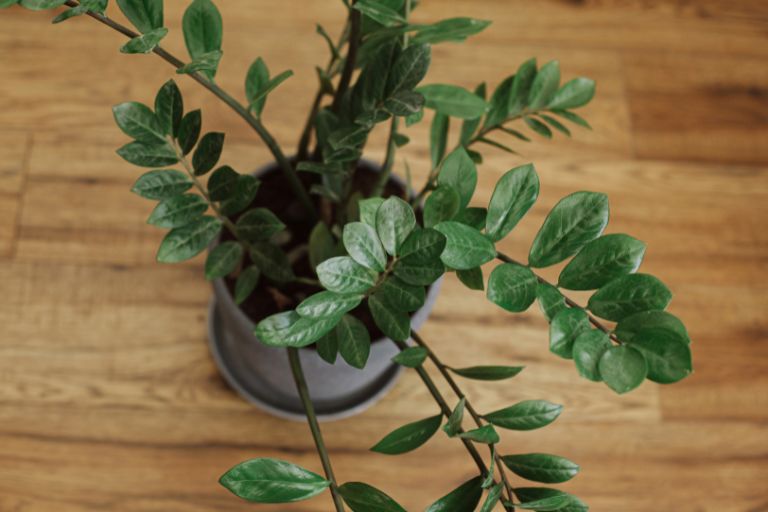
ZZ plant (Zamioculcas zamiifolia)
Light requirements – Thrives in low to medium indirect light but can tolerate low light.
Growth habit – Upright stems with glossy dark green leaves.
Aesthetic appeal – Modern, sculptural appearance.
Care Tips – Allow soil to dry out completely between waterings. Tolerant of low humidity and infrequent fertilising.
Possible uses – Adds a sleek, contemporary touch to garage gardens. Suitable for minimalist or modern interiors.
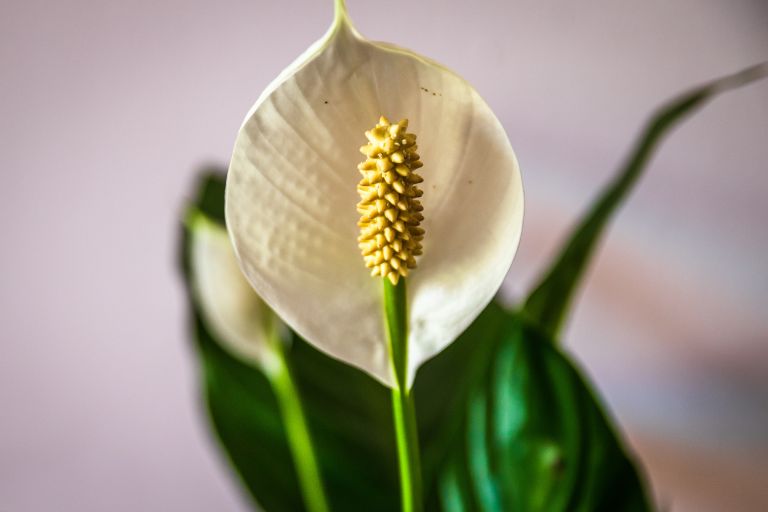
Peace Lily (Spathiphyllum spp.)
Light requirements – Prefers medium to bright indirect light but can tolerate lower light.
Growth habit – Clumping foliage with white flower spikes.
Aesthetic appeal – Elegant white flowers against dark green foliage.
Care Tips – Keep soil evenly moist but not soggy. Benefits from occasional misting to increase humidity.
Possible uses – Provides a splash of colour with its flowers and helps improve indoor air quality.
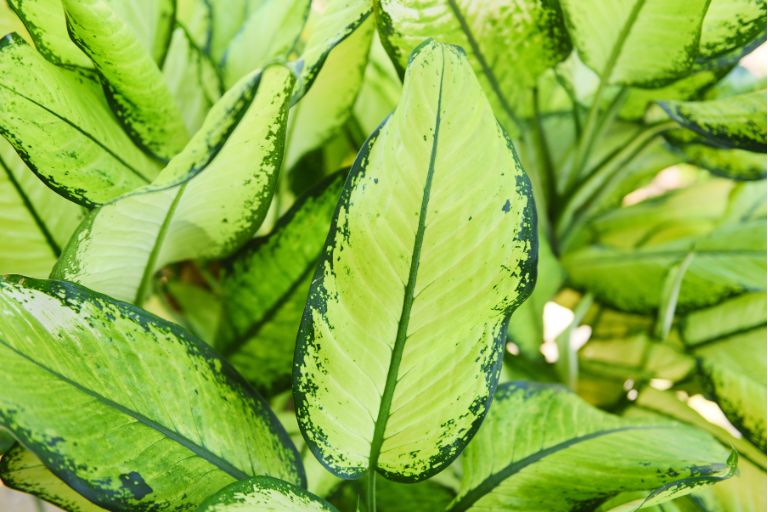
Chinese evergreen (Aglaonema spp.)
Light requirements – Adaptable to dim to bright indirect light.
Growth habit – Clumping foliage with a variety of leaf shapes and patterns.
Aesthetic appeal – Colourful foliage in shades of green, silver and red.
Care Tips – Water moderately, allowing soil to dry slightly between waterings. Prefers higher humidity.
Possible uses – Adds vibrant foliage and texture to garage gardens. Suitable for mixed planting or as a specimen.

Pothos (Epipremnum aureum)
Light requirements – Adaptable to a variety of light conditions, from dim to bright indirect light.
Growth habit – Trailing vine with heart-shaped leaves in variegated shades of green and yellow.
Aesthetic appeal – Lush foliage with a cascading growth habit adds texture and visual interest.
Care Tips – Water when top inch of soil feels dry. Tolerant of low humidity and occasional neglect.
Possible uses – Perfect for hanging baskets or draping over shelves, adding a touch of elegance to any room.
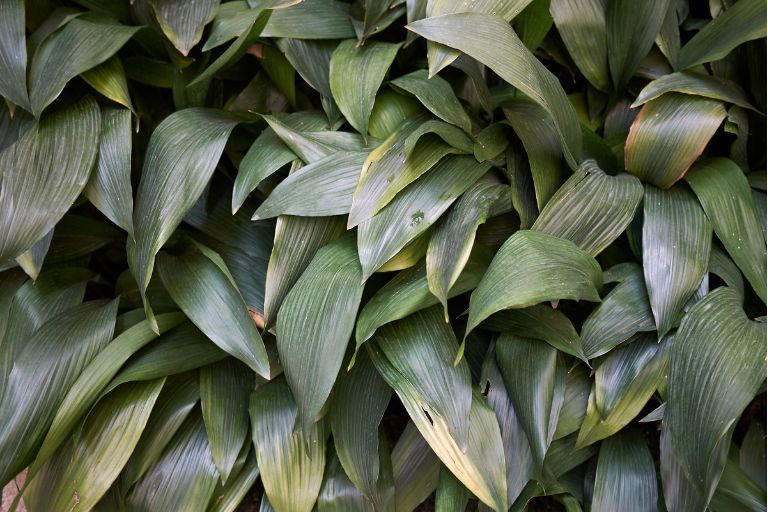
Cast iron plant (Aspidistra elatior)
Light requirements – Thrives in low to medium indirect light.
Growth habit – Upright, strap-shaped leaves in deep green.
Aesthetic appeal – Bold foliage with a robust, architectural presence.
Care Tips – Water sparingly and allow soil to dry out between waterings. Tolerant of low humidity and neglect.
Possible uses – Ideal for adding structure to garage gardens, suitable for dark corners or areas with limited light.

Boston fern (Nephrolepis exaltata)
Light requirements – Prefers bright indirect light but can tolerate lower light.
Growth habit – Lush, feathery fronds with arching stems.
Aesthetic appeal – Elegant foliage with a soft, cascading appearance.
Care Tips – Keep soil moist but not soggy. Benefits from increased humidity.
Possible uses – Perfect for hanging baskets or raised shelves, adding a touch of lushness and freshness to any room.
These perennials are known for their indoor adaptability and resilience in garage conditions, making them an excellent choice for garage gardening. With their low maintenance requirements and ability to thrive in varying light and humidity levels, these plants can transform garage spaces into vibrant and welcoming indoor gardens.
Creative Display Ideas
Transforming a garage into a thriving indoor garden is not only practical, but also offers endless opportunities for creativity and innovation. By exploring different arrangements and container options, gardeners can maximise space and create visually stunning displays that enhance the ambience of their garage.
Transforming a garage into an indoor garden offers endless opportunities for creativity and innovation. One innovative suggestion is to make use of vertical space by installing vertical garden systems or mounting planters directly on the walls. This not only maximises space, but also adds visual interest and dimension to the garage. By mixing perennials with different textures, colours and growth habits, gardeners can create a dynamic display that catches the eye.
Hanging baskets are another innovative solution for garage gardening. Suspended from the ceiling or mounted on hooks, hanging baskets make use of overhead space while allowing trailing plants to cascade down, filling the garage with lush foliage. Perennials with cascading growth habits, such as spider plants or trailing ivy, are perfect for this arrangement. Mixing in flowering perennials such as peace lilies or begonias will add splashes of colour to the overhead canopy.
Shelving is a practical and visually appealing way to organise and display potted perennials in the garage. By arranging plants on multiple levels, gardeners can maximise vertical space and create a layering effect. Adjustable shelves accommodate plants of different heights and sizes, while grouping plants by colour or texture creates visually cohesive displays. Adding decorative elements such as terrariums or garden sculptures enhances the aesthetic appeal of the shelving units.
Movable trolleys or plant stands add versatility to garage gardening, allowing gardeners to easily reconfigure the layout to optimise light or meet changing needs. Portable plant displays can be moved to suit different areas of the garage, while tiered carts create multi-level displays that maximise space and visual impact.
Maintenance and Care
Maintaining proper watering, fertilisation and pest control practices is essential for the health and vitality of garage-grown perennials. In addition, regular monitoring and adjustment of environmental conditions is essential to ensure optimum plant growth and development.
Watering – Proper watering is key to the success of perennials grown in the conservatory. While the frequency of watering may vary depending on factors such as plant species, pot size and environmental conditions, the general rule of thumb is to water thoroughly when the top inch of soil feels dry to the touch. Avoid overwatering as this can lead to root rot and other moisture-related problems. Use a watering can with a narrow spout or a gentle spray nozzle to deliver water directly to the soil and avoid wetting foliage, which can encourage fungal disease. Consider using a moisture meter to accurately measure soil moisture and adjust watering accordingly.
Fertilise – Container-grown perennials can benefit from regular fertilisation to replenish nutrients that have been lost from the soil over time. Choose a balanced, water-soluble fertilizer formulated for houseplants and follow the manufacturer’s instructions for dilution and frequency of application. Feed perennials every 2-4 weeks during the active growing season, usually spring to early autumn. During the dormant season, reduce fertiliser frequency or use a half strength fertiliser solution to prevent excessive growth and maintain plant health. Always water plants thoroughly after fertilising to distribute nutrients evenly throughout the soil.
Pest management – Pests such as aphids, spider mites and mealybugs can occasionally infest perennials grown in a greenhouse, especially indoors with limited air circulation. Monitor plants regularly for signs of pest activity, including yellowing leaves, distorted growth or visible insects. If pests are detected, take immediate action to prevent the infestation from spreading. Depending on the severity of the infestation, pest management options may include hand-picking insects, spraying affected plants with insecticidal soap or neem oil, or introducing beneficial predators such as ladybirds or predatory mites. Avoid using chemical pesticides indoors as they can be harmful to humans and pets.
Regular monitoring and adjustment – Regular monitoring of environmental conditions is crucial to maintaining plant health and preventing problems before they escalate. Keep an eye on factors such as light levels, temperature, humidity and air circulation, as these can affect plant growth and susceptibility to pests and diseases. Adjust lighting arrangements as necessary to provide adequate light for different types of plants. Use thermometers and hygrometers to monitor temperature and humidity levels, and use additional heating, cooling or humidification as necessary. Maintain good air circulation by regularly opening garage doors or windows or using fans to promote airflow around plants.
Stories and Testimonials
One gardener, Sarah, shared her experience of successfully growing perennials in her garage despite challenges such as limited space and variable lighting. Sarah transformed her garage into a green oasis by using vertical gardening techniques, hanging baskets and mobile trolleys to maximise space and create visually stunning displays. She experimented with different plant combinations and container arrangements, incorporating a variety of perennials with different light requirements to ensure year-round colour and interest.
Despite initial concerns that the garage environment would be too dark or cold for plant growth, Sarah was pleasantly surprised by the resilience of her perennials. With the addition of supplemental grow lights and a thermostatically controlled heating system, she was able to create a stable environment conducive to plant growth and development. Sarah enjoyed watching her perennials thrive and adapt to their indoor environment, transforming the once barren garage into a thriving indoor garden.
Another gardener, Mark, shared his testimonial about the benefits of garage gardening with perennials for improving air quality and creating a tranquil retreat within his home. Mark struggled with allergies and respiratory issues exacerbated by indoor air pollutants, prompting him to explore indoor gardening as a natural solution. By incorporating air-purifying perennials such as peace lilies and snake plants into his garage garden, Mark noticed a significant improvement in air quality and overall well-being.
In addition to the health benefits, Mark found solace and relaxation in tending to his garage garden, which served as a therapeutic escape from the stresses of daily life. He enjoyed the process of nurturing his perennials and watching them grow and flourish over time. Mark found that garage gardening with perennials not only beautified his home but also enhanced his quality of life and provided a sense of fulfilment and satisfaction.
Garage gardening with perennials offers a wealth of opportunities to transform indoor spaces into vibrant and thriving green sanctuaries. Despite the challenges of limited space, variable lighting conditions and indoor environmental factors, gardeners have shown remarkable creativity and ingenuity in overcoming obstacles and cultivating beautiful gardens within the confines of their garages.
Using innovative techniques such as vertical gardening, hanging baskets and mobile carts, gardeners can maximise space and create visually stunning displays that captivate the eye and inspire the imagination. By choosing perennials known for their adaptability to indoor environments and resilience in garage conditions, gardeners can enjoy year-round colour, texture and fragrance, transforming their garage into a vibrant green oasis.
In addition, garage gardening with perennials offers a host of benefits beyond aesthetics. From improving indoor air quality to providing a therapeutic retreat from the stresses of everyday life, garage gardens enrich gardeners’ lives and enhance the ambience of their homes. By maintaining their perennials with proper care, including regular monitoring and adjustment of environmental conditions, gardeners can ensure the health and longevity of their plants, fostering a deeper connection with nature and a sense of pride in their gardening accomplishments.
Ultimately, garage gardening with perennials is not just about growing plants – it is about cultivating beauty, promoting well-being and creating a green sanctuary within the home. As gardeners continue to experiment, innovate and explore the possibilities of garage gardening, the potential for creating stunning indoor gardens knows no bounds. With dedication, creativity and a touch of green thumb magic, garage gardeners can transform their garage spaces into thriving havens that delight the senses and nourish the soul.
